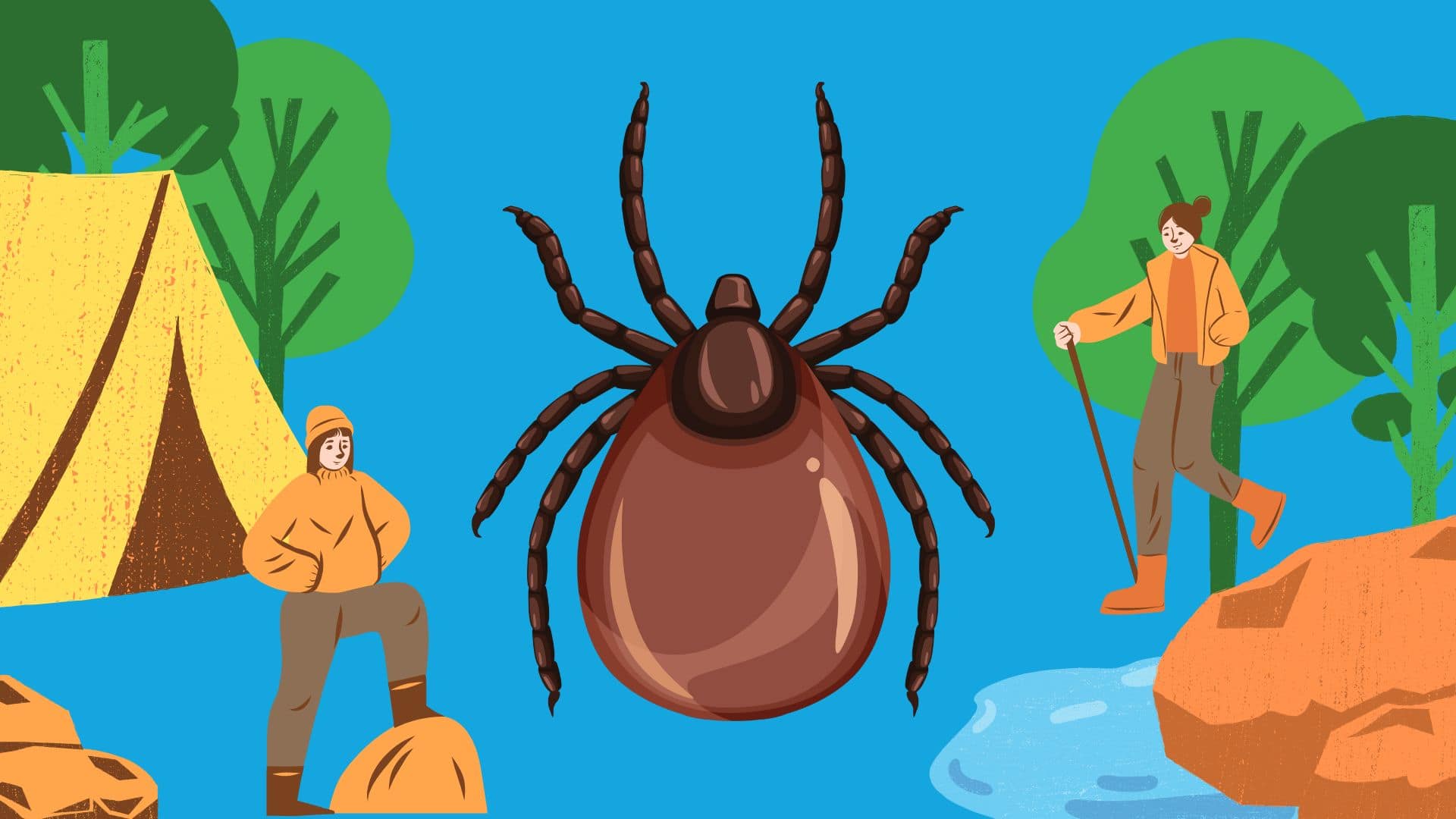

Cuddling isn’t just about feeling warm and cozy—it’s actually packed with incredible health benefits! From reducing stress to boosting your immune system, snuggling up with someone you care about can do wonders for your well-being. Whether it’s with a partner, friend, or pet, these 10 benefits of cuddling will make you want to start a cuddle session right now.
When you cuddle, your body releases oxytocin, also known as the “love hormone.” This powerful chemical helps reduce stress and anxiety, making you feel calmer and more connected to those around you. Just a few minutes of cuddling can lower your cortisol, the hormone responsible for stress, leaving you feeling more relaxed.
Believe it or not, cuddling can actually boost your immune system! The oxytocin released during physical touch helps to reduce inflammation and promotes healing. Regular cuddling can strengthen your body’s defenses, making you less susceptible to illness.

Cuddling strengthens the emotional bond between you and your cuddle buddy. Whether it’s a partner, friend, or family member, physical touch creates a sense of closeness and trust, deepening your connection. This is especially important in romantic relationships, where regular cuddling can help maintain intimacy and emotional closeness.
Snuggling up with someone you care about can do wonders for your heart—literally. Cuddling has been shown to lower blood pressure, which reduces the risk of heart disease. The sense of security and comfort that comes from physical touch helps your heart stay healthy and strong.
Struggling with sleep? A good cuddle session might be just what you need. Cuddling helps to increase serotonin, a hormone that promotes relaxation and regulates sleep. The warmth and comfort of cuddling can help you drift off more easily and enjoy deeper, more restful sleep.
Oxytocin doesn’t just make you feel good emotionally; it also has pain-relieving properties. Whether you’re dealing with a headache, muscle aches, or chronic pain, cuddling can help alleviate discomfort. The physical closeness also distracts your mind from pain, providing a natural form of relief.
If you’re feeling down, a cuddle might be the perfect pick-me-up. The release of oxytocin during cuddling can boost your mood and make you feel happier. Cuddling also increases dopamine and serotonin, both of which are associated with feelings of pleasure and well-being.
Cuddling isn’t just a way to feel good—it’s also a powerful tool for strengthening relationships. Physical touch fosters communication and trust, making it easier to resolve conflicts and deepen your bond. Couples who cuddle regularly often report feeling more satisfied in their relationships.

For those who struggle with social anxiety, cuddling can be incredibly beneficial. The oxytocin released during physical touch helps to reduce feelings of anxiety in social situations, making you feel more confident and comfortable around others. It’s a simple, natural way to ease anxiety and improve social interactions.
Finally, one of the most important benefits of cuddling is the feeling of love and security it provides. Whether you’re cuddling with a partner, friend, or family member, the physical closeness helps to reinforce feelings of love and safety. It’s a powerful reminder that you’re not alone, and that you’re cared for and valued.
Cuddling isn’t just a comforting gesture; it’s a powerful tool for enhancing your mental and physical health. From reducing stress to strengthening relationships, the benefits of cuddling are truly remarkable. So, whether you’re winding down after a long day or simply want to feel closer to someone special, don’t hesitate to embrace the power of a good cuddle. Your mind and body will thank you!

Pilates is focused on enhancing core strength, crucial for overall torso stability and fluid movement. The core, influencing both legs and upper body, is essential for everyday comfort, such as sitting and standing without pain. The aim is to move gracefully through balanced muscle development, addressing potential weaknesses and promoting full joint mobility. The workout …

Rocky Mountain spotted fever (RMSF) is a bacterial infection caused by Rickettsia rickettsii and transmitted through the bite of an infected tick. This infection is characterized by the sudden onset of fever, headache, and rash, which can be life-threatening if not treated promptly. This infection was first identified in 1896 in the Snake River Valley …

COVID-19 has faded from the public conversation, but it is still as prevalent as ever, with wastewater levels in 2024 approaching those seen at the beginning of the pandemic in 2020. Furthermore, as COVID-19 has become less of a hot topic, many of the resources that made COVID-19 vaccines free or cheap have dried up …